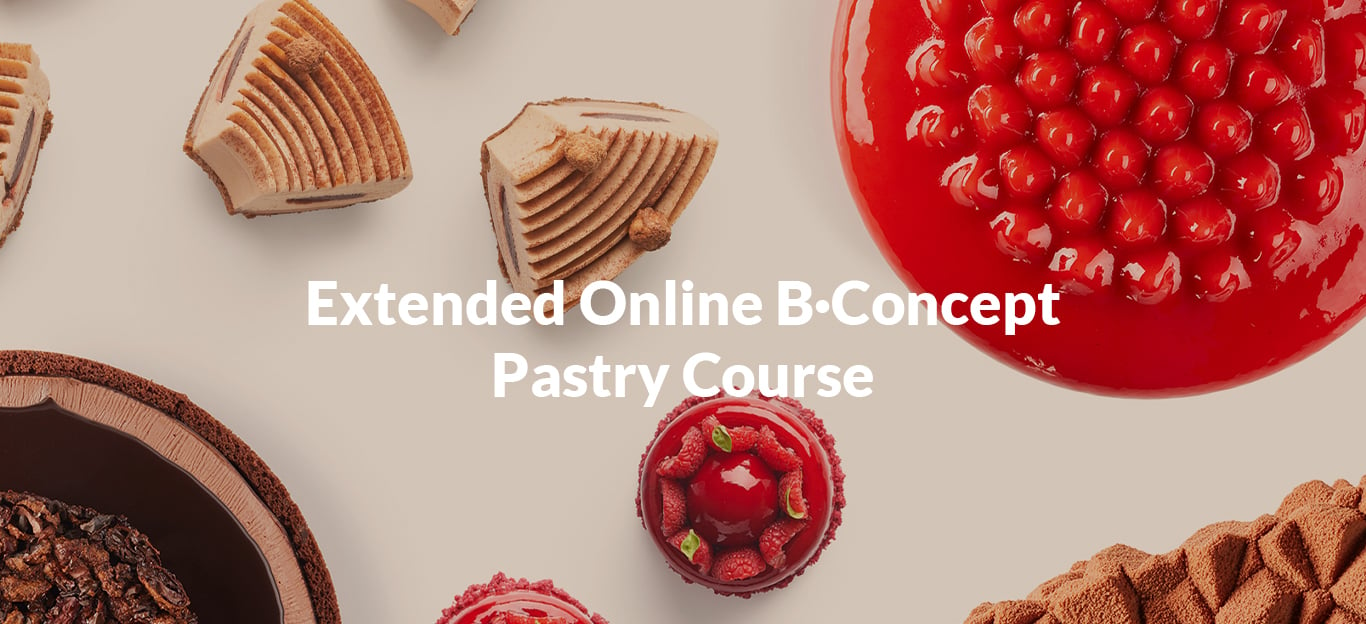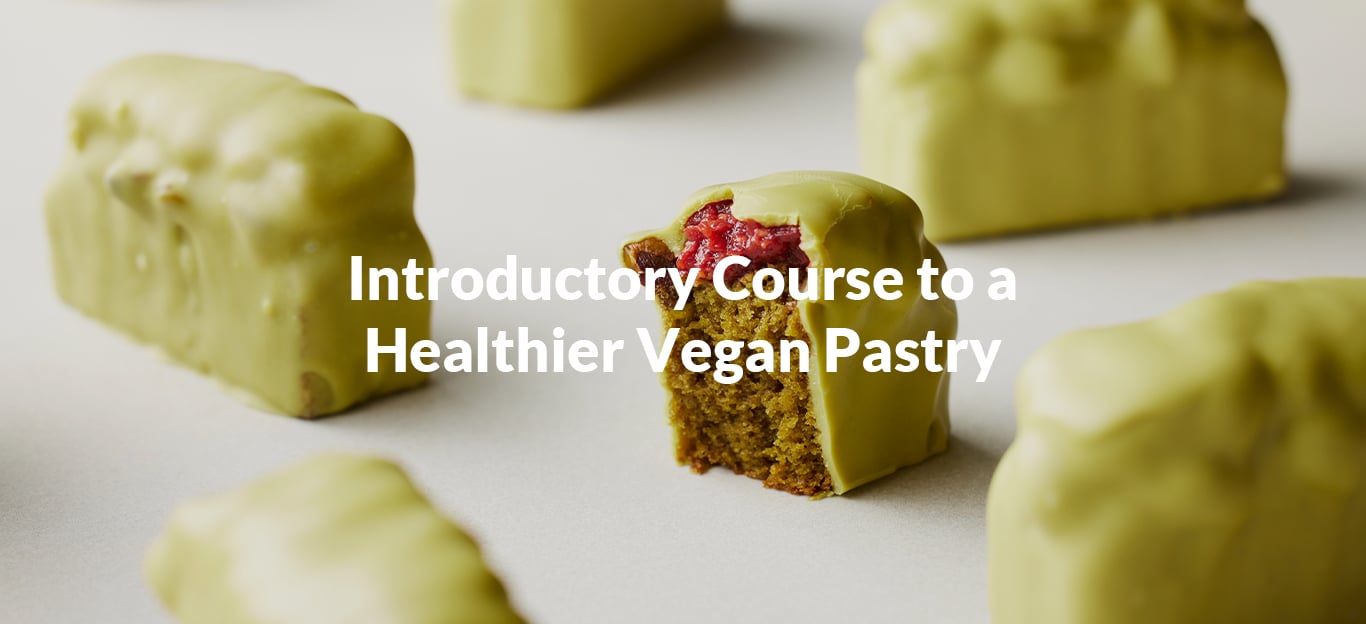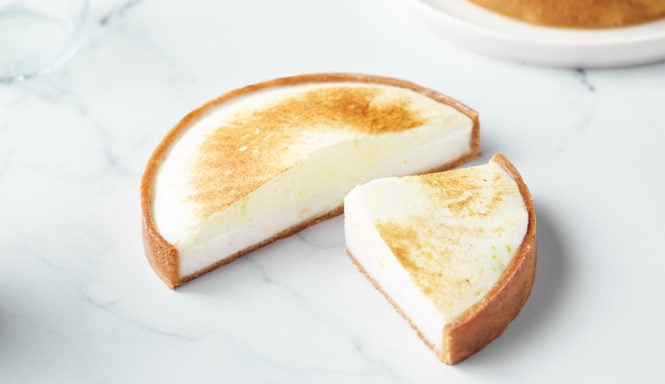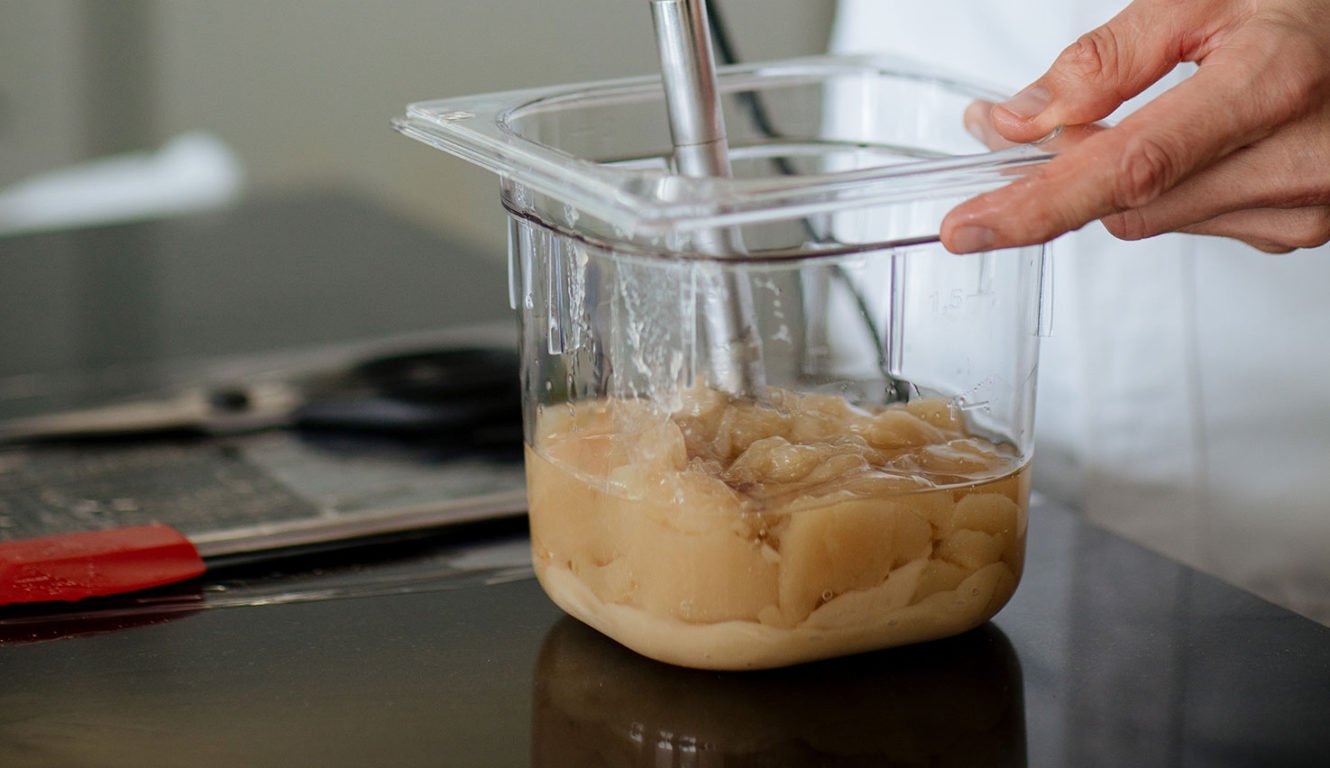
Fibres as a key ingredient in modern pastry: citrus fibres
For a long time, fibres have been considered a minor ingredient in the pastry and bakery sector, mostly of interest to nutritionists and health-oriented consumers. Until recently, studies on fibre were mostly linked to topics such as glucose or cholesterol blood level, diabetes and weight-control.
However, in the past years we have witnessed a very interesting shift as fibres are becoming of more interest to pastry chefs, bakers, ice-cream makers and chocolatiers all over the world. This is due to their incredible texturising properties.
Fibres can be excellent bulking, gelling or thickening agents, and some of them also have emulsifying properties. Some fibres even have sweetening properties, something we discussed in detail in our blog posts on inulin. These interesting, functional properties of fibres is what makes us think that they are, indeed, quickly becoming a key ingredient in pastry of the present and the future. And that is why we want to explain more about different types of fibres that we are working with.
The students who came to a B·Concept course at our school or participated in one of our demonstrations abroad already know that since about two years ago we have been working with citrus fibres , after learning about their incredible emulsifying properties.
Working with citrus fibres has allowed us to replace egg yolks and soy lecithin in many of our pastry preparations, improve the texture of our vegan cakes and even use them as a binding agent for gluten-free bread recipes.
What are citrus fibers and how can they replace emulsifiers?
- Citrus fibres are extracted from the cell wall material of oranges (the part that is usually discarded by orange juice manufacturers).
- Citrus fibres are composed of about 70% fibre (half soluble and half insoluble), some sugars, proteins (around 8%), traces of fat, moisture and minerals. The soluble fibre attracts water and binds it, the insoluble fibre provides some texture and the proteins help bind fat & oil; all of the above allows citrus fibres to act not only as an emulsifier (remember that for an emulsion to come together fat and water need to be “pulled together” with an aid of an emulsifier), but also as a thickener and an emulsion stabiliser. This multifunctionality is one of the greatest advantages of citrus fiber.
- They exhibit a great water catching capacities and can be used to bind free water in a recipe as well, although, on its own, they are not as effective to prevent syneresis as when they are accompanied by a small percentage of Xanthan gum, Locust bean gum or other thickeners. 1g of citrus fibres can bind up to 10g of water and up to 2.5-3 times of its weight in oil.1
How to use citrus fibers?
- Citrus fibres can be mixed with other dried ingredients, dispersed in oil or added to water while mixing vigorously with a hand blender (to prevent lump formation).
- For emulsifying purposes, they can be used in concentrations ranging from 0,2-2%; we recommend starting with a 0,5% dosage in the first trial and then adjusting the dosage according to that first test.
- High sheer helps to obtain thicker emulsions that is why it is important to always make sure citrus fibre emulsions are mixed with turmix for at least one minute during the mixing phase.
What is Natur Emul (Sosa Ingredients)?
Citrus fibres are becoming an increasingly available ingredient and there is already a variety of citrus fibre blends available on the market. We opt for citrus fibres sold by Sosa Ingredients under the name Natur Emul.
NATUR EMUL COMPOSITION (CITRUS FIBER):
- Carbohydrates, total: 80,73%
- of which sugars: 7,36%
- of which fibers, total: 68,2%
- Soluble fiber: 33.3%.
- Insoluble fiber: 34.9%.
- of which fibers, total: 68,2%
- of which sugars: 7,36%
- Proteins: 8.2%.
- Fat: 1.05%.
- Others (moisture, ash, minerals): 10.02%.
- Calories: 2.26 cal/g (226/100g)
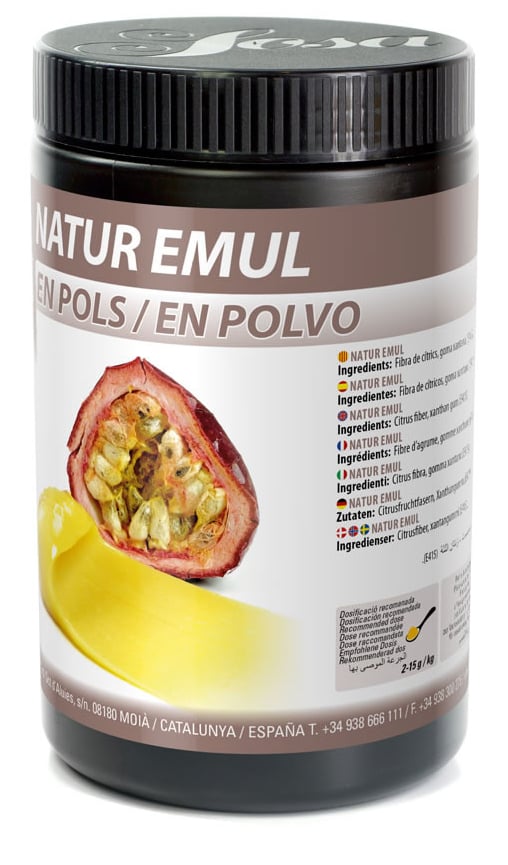
IMPORTANT NOTE
In all our recipe books until October 2019, we have been using Natur Emul from Sosa (a blend of 95% of citrus fibres and 5% of Xanthan gum). A while ago, Sosa decided to opt for a 100% clean label product and starting from October 2019 switched its product from a blend of citrus fibres and Xanthan gum to 100% citrus fibres. We are very happy and supportive of this change as we also believe in clean-label products.
That said, we had to make some adjustments in our recipe booklets. For all our students that have been using Natur Emul with Xanthan gum until now, we recommend that they first try the recipe with the new product, without any change in the recipe formula and then, if need be, adjust the recipe with the use of other texturizing agents.
Below you can find the examples of adjustments we did following this change:
- In case of sponges, we have found that no adjustment was necessary.
- At the mousses, often only minor process adjustments have been necessary, such as adding 0.2% locust bean gum to decrease the curdling time or increase the viscosity of the mass (for direct assembly).
- For For creamy recipes, adding an additional thickener (such as locust bean gum or xanthan gum) or adjusting the amount of thickening or texturizing ingredients already present in the recipe (either locust bean gum, xanthan gum or inulin) has proven to be the best solution for us.
1. Source: FiberstarⓇ "Enhancing products...Naturally", promotional company informationFiberstarⓇ.
